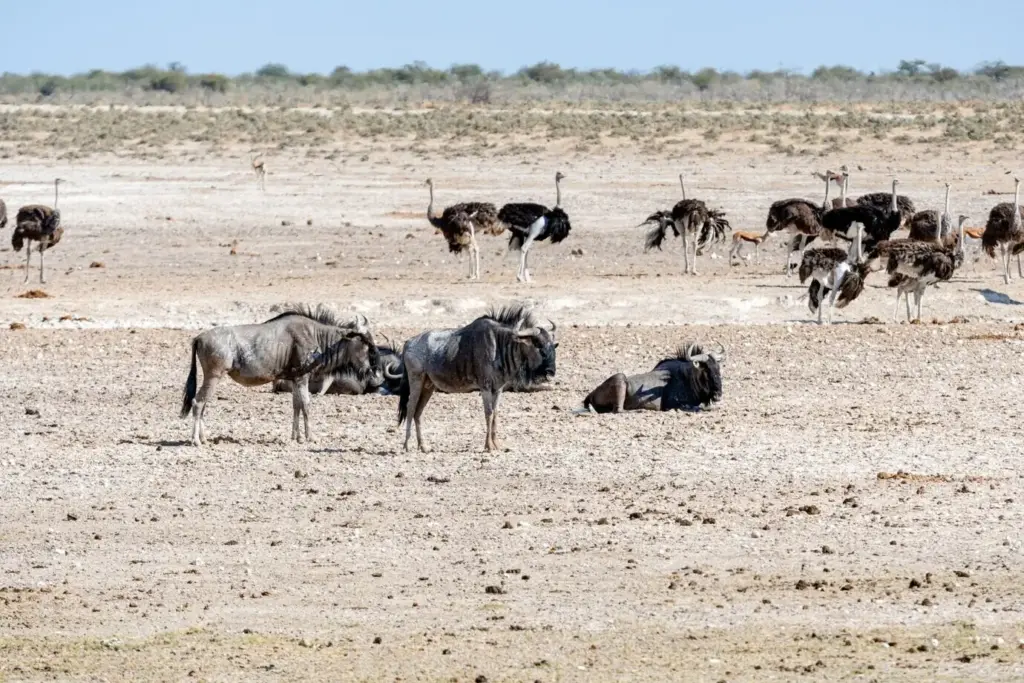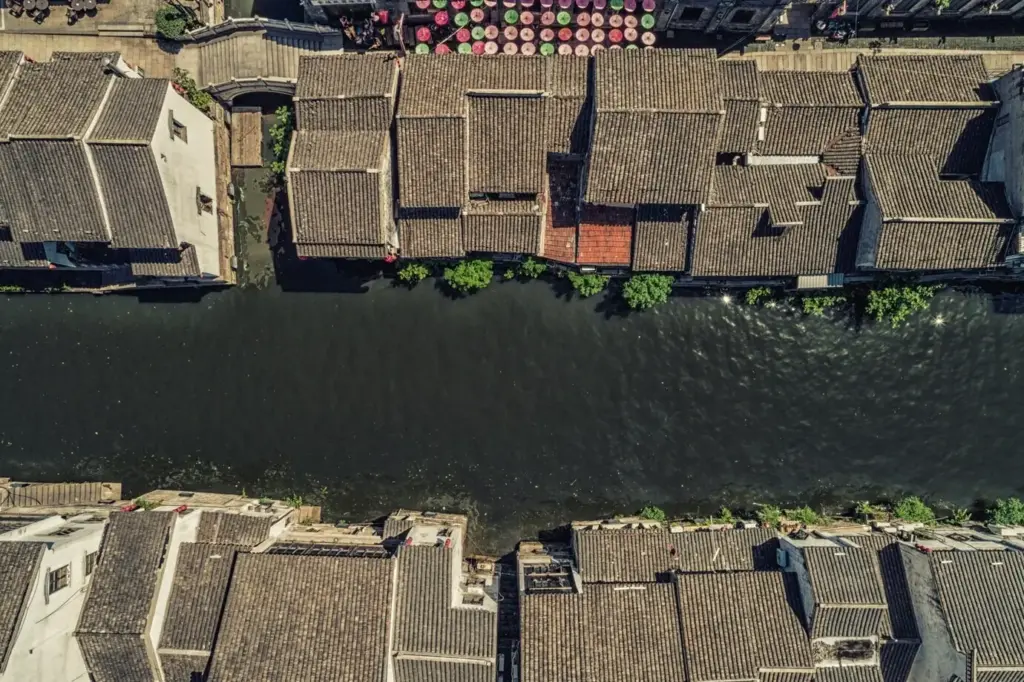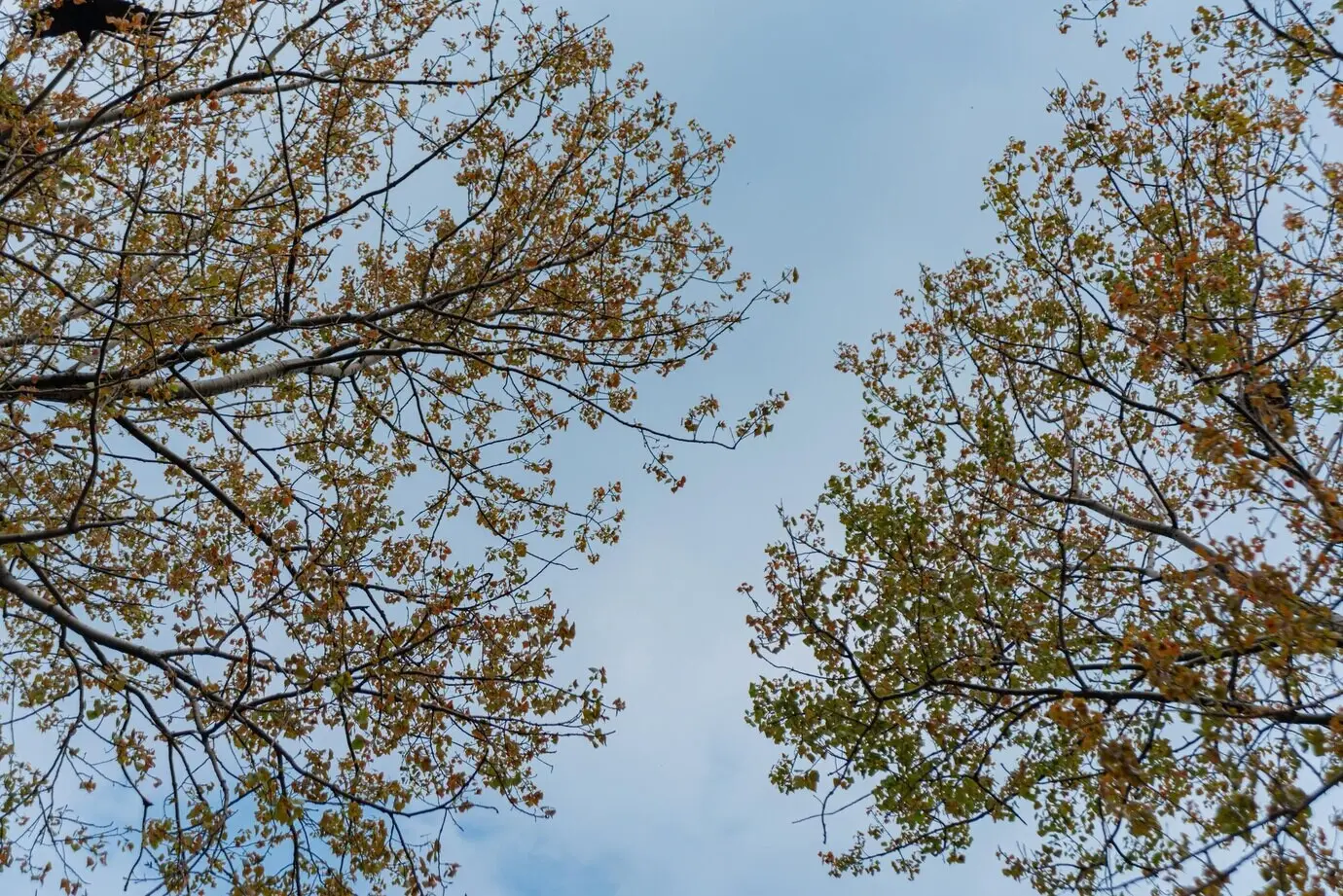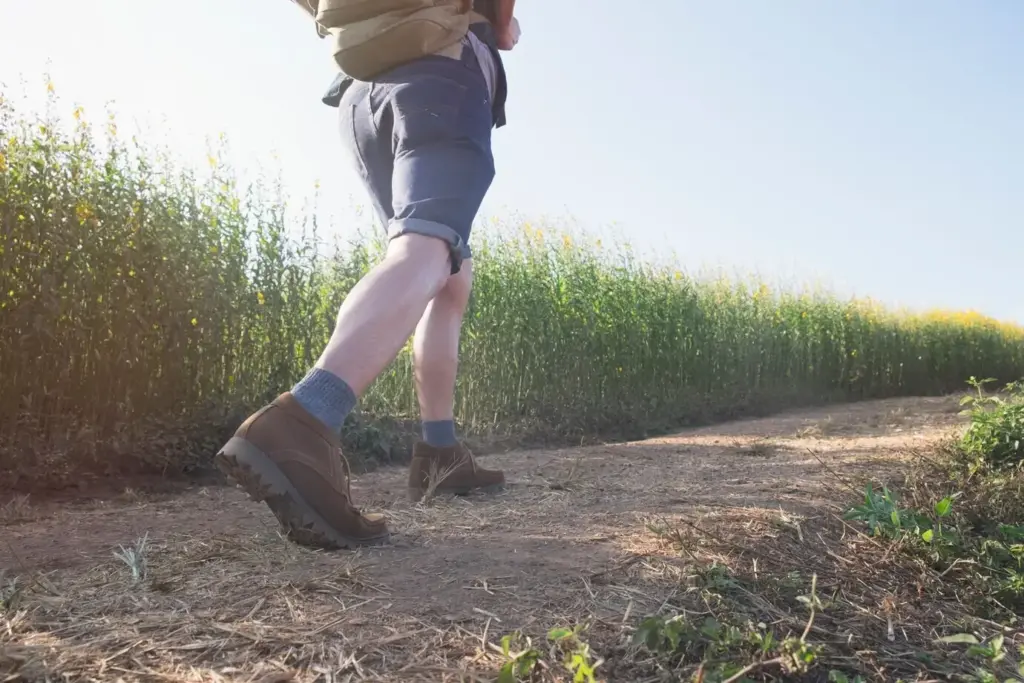Thrive Far From the Road: Safe, Skilled, and Steady


Plan Like a Pro Before Boots Touch Dirt
Find Your Way When Tracks Disappear

Weather, Cold Water, and River Crossings

Wildlife Encounters Managed With Respect

Bear Country Protocols and Food Discipline
Cook and store food away from sleeping areas, hang properly or use certified containers, and manage fish scraps or game quarters with wind and visibility in mind. Keep bear spray accessible on your chest, not buried in a pack. Practice drawing and aiming under pressure. Make noise when appropriate, watch for fresh sign, and step aside rather than confront. Respect creates space; space prevents incidents.

Bites, Stings, and Ticks Without Drama
Carry a clean set of tweezers, antihistamines, and a pressure immobilization wrap where relevant. Learn the difference between monitor and medical emergency symptoms. Tick checks happen every night, especially at hairline, waistband, and behind knees. Photograph bites, note times, and share with partners. Most encounters are manageable when noticed early and treated calmly. Fear fades when simple, rehearsed steps are second nature.

Camp Hygiene and Scent Control for Hunters and Anglers
Wash hands before meals and after handling fish or game, and separate gloves for butchering from eating gear. Store clothing with strong odors away from sleeping areas. Hunters balance scent control with practical cleanliness, choosing wind-aware approaches instead of magical thinking. Anglers pack out waste and clean fillet stations. A tidy camp keeps wildlife uninterested, reduces illness, and makes morning departures organized and quick.
Shelter, Fire, and the Night You Didn’t Plan


Fast Tarp Pitches and Knots You Remember Under Stress
Learn three pitches that handle most situations: lean-to for wind, A-frame for steady rain, and plow-point for shifting weather. Pair them with a trucker’s hitch, taut-line, and clove hitch tied in gloves. Choose ground with natural windbreaks, avoid cold sinkholes, and clear widowmakers overhead. Ten practiced minutes turn panic into process, gifting you dry space to think, eat, and plan clearly.


Firecraft in Wet Forests Without Wasting Energy
Carry a ferro rod, a reliable lighter, and weatherproof tinder. Process wrist-thick wood into dry inner splits, and build small, hot cores before adding bulk. Use a knee-high windbreak and reflect heat with a log or rocks. Practice feather sticks and fatwood shavings. Fire rewards patience, not size. When burns are prohibited, switch to insulated layers and hot drinks without complaint or unsafe improvisation.
Field Safety With Hooks, Blades, Bows, and Firearms

Firearm and Bow Handling Over Rough Ground
Unload when scrambling, crossing fences, or climbing into blinds. Keep muzzles and limbs pointed safely, even during slips. Confirm targets and backstops, and refuse risky shots in wind or fatigue. For bows, check string integrity, broadhead covers, and release condition. Communicate before moving. Ethical harvests begin with cautious approaches and disciplined stances that put safety ahead of opportunity, every single time.

Hooks, Knives, and Field-Dressing Without Accidents
Use barbless hooks where allowed or carry proper removal tools. Cut away from legs and hands during fish cleaning and game processing, stabilizing work with gloves that actually grip. Create a clean zone, light it well, and slow down. A small nick becomes a trip-ending infection without hygiene. Protect sheaths, track blades, and involve partners so extra eyes catch mistakes early and quietly.

Trauma Care: Bleeding, Breaks, and Evacuation Notes
Pack a tourniquet you know how to use, hemostatic gauze, pressure dressings, and a compact splint. Rehearse scenarios: hook in eyelid, knife laceration, rolled ankle, and fall from a slick bank. Stop major bleeding first, then protect the airway and prevent hypothermia. Document vitals and times, send a clear location, and decide to move or shelter. Calm steps create outcomes you can live with.
